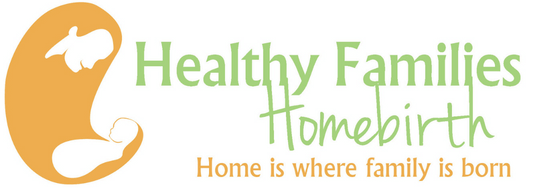

PHONE
303-718-1554
cheryl.furer@msn.com
OPENING HOURS
By Appointment Only
Menu

Many people discover that breastfeeding isn’t always ‘easy’, painless, or comes naturally. There is often a learning curve your first time and with every new baby.
My biggest tips are to give yourself grace, slow down (especially if you are getting frustrated), and remember to check the basics: tummy-to-tummy, nose-to-nipple, and following your breath to maintain calmness.
Here are some additional tips to set yourself up for success:
Often times the fundamental positions are being overlooked. Double checking the basics when you and your baby are learning.
The latch is important. In the first 24 hours you and baby are experimenting, learning, and practicing. Soreness can be normal. Cracking, bleeding, and extreme pain are warning signs.
When your milk comes in baby will need to adjust to that as well. The first week can have successes and stumbles. By the second week, the latch should be more solid and milk should be flowing.
The baby’s mouth should be taking in a considerable amount of breast tissue. As the baby comes to the breast, have your nipple in line with the baby’s nose. Then as she opens her mouth wide, bring her whole body in a little closer. That way she can take in most of your nipple and depending on your nipple size she may take in some of the outer breast tissue also.
A big question is how to know if my baby is getting enough. To determine if your baby is getting enough milk, watch him while he’s eating and his behavior afterwards. During the feeding, his temple should be moving, then pausing. The movements are allowing milk to enter his mouth, whereas the pause is a swallow. After the feeding, you baby should be content and maybe sleepy. Your baby will also have several wet and poopy diapers (after the first week).
If your baby is breaking the latch often, fussy, or overly sleepy, then you may want to seek additional help to pinpoint the problem.
References:
Mohrbacher, N., & Stock, J. (2003). The Breastfeeding Answer Book (3rd ed.). Schaumburg, IL: La Leche League.
Newman, J. (2011, October 14). Reclaiming normal: the latest in breastfeeding information and support strategies. Lecture presented in Wheat Ridge Recreation Center, Wheat Ridge, Colorado.
Renfrew, M., Fisher, C., & Arms, S. (2004). Bestfeeding: how to breastfeed your baby. Berkeley, CA: Celestial Arts
***This is general information. Please speak to your health care provider about your unique health needs.

“I believe in continuity of care, which means that as your midwife, I’m here to support you throughout your pregnancy, birth, up until your baby is a toddler (really!) and beyond…”


Proud Practitioner with BeHerVillage. Create a Registry Here.
Copyright © 2022 Healthy Families Homebirth – Home is Where Family is Born | All Rights Reserved | Website by Cheryl Furer & Precy Onasa